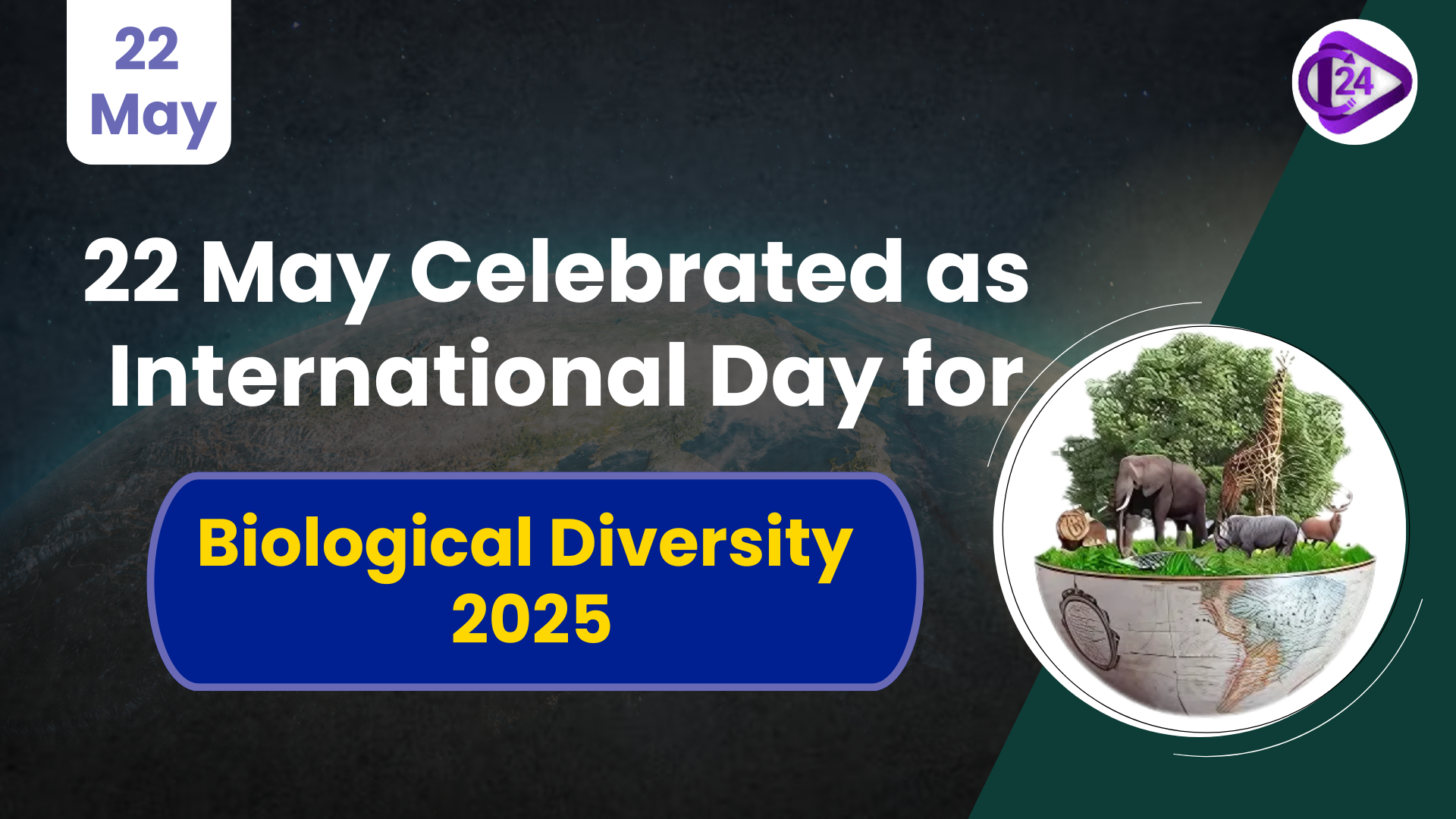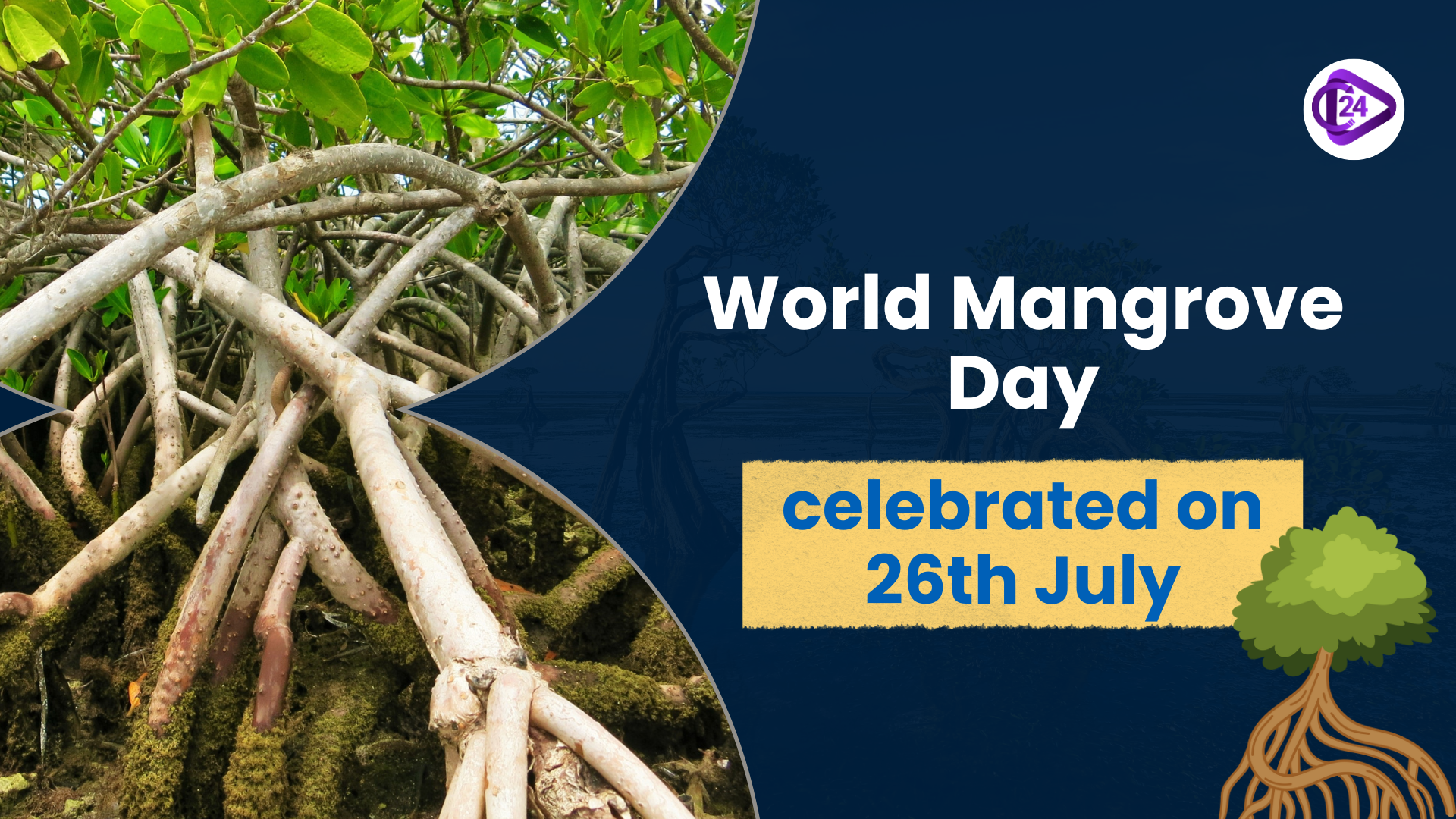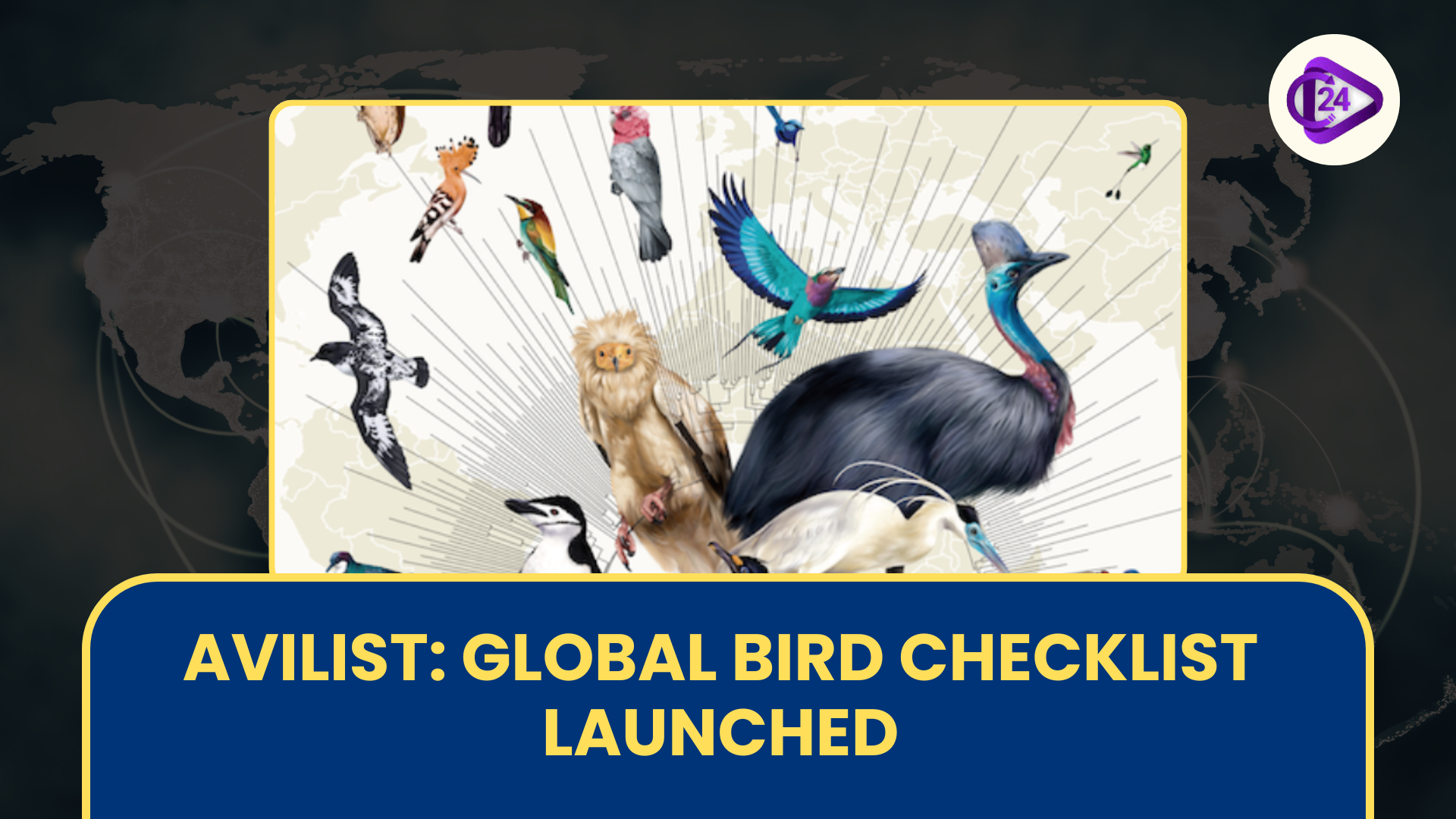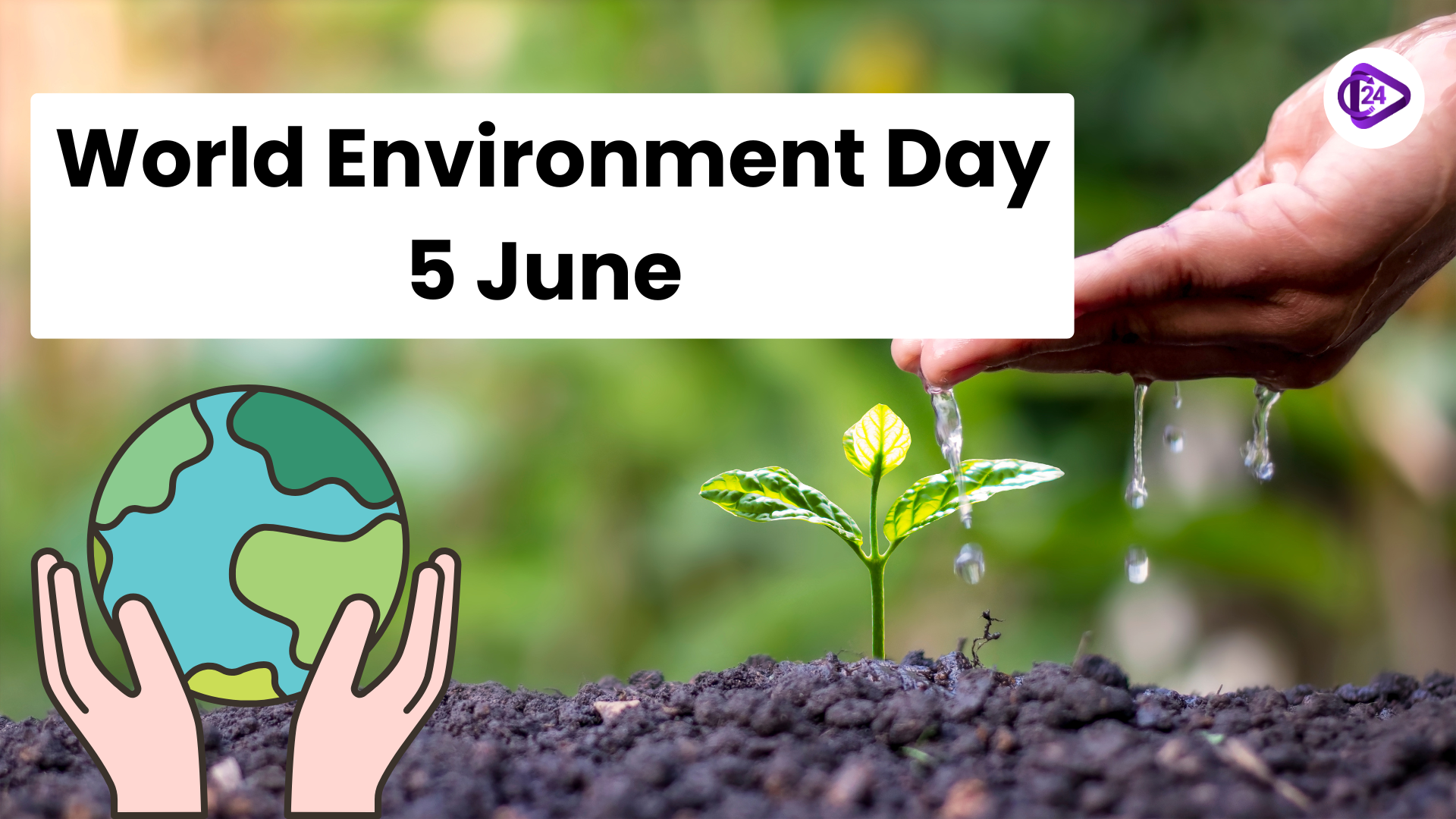
Every year, the United Nations declares May 22 to be the International Day for Biological Diversity (IDB) to inform people about biodiversity’s importance for the planet. “Harmony with nature and sustainable development,” the chosen theme for 2025, emphasizes that caring for biodiversity serves the same purpose as achieving the United Nations Sustainable Development Goals (SDGs). Given that habitat loss, pollution, climate change and overexploitation are urgent threats to nature, the world now calls for nations to work together to take care of our environment and stop its genetic diversity from being lost.
Summary:
-
Every year, the United Nations declares May 22 to be the International Day for Biological Diversity (IDB) to inform people about biodiversity’s importance for the planet.
-
Theme for 2025: “Harmony with nature and sustainable development.”
Key Points
-
In Theme 2025, visitors can learn about integrating with nature and sustainable development.
-
Concentrates on how awareness of biodiversity can help meet the SDGs.
-
Encourages humans and the environment to exist together.
History of International Day for Biological Diversity
-
The date is celebrated every year on May 22 to mark the 1992 Convention on Biological Diversity among nations.
-
At first noticed in December 2000, and the date was moved to May 22 to have a bigger effect.
Importance of International Biological Diversity Day
-
Makes more people aware of the ways that biodiversity is important for life sustainability.
-
Highlights habitat loss, pollution, and climate change are major dangers for the environment.
-
Connect work on biodiversity to the goals of sustainable development.
-
Supports global cooperation and exchange of information.
-
Helps local people take care of the environment.
-
Helps policymakers make better choices for conserving nature.
-
Highlights the many kinds of life found on our planet.
Conservation Projects Across the World
-
Connected with the Kunming-Montreal Global Biodiversity Framework and the 2030 Agenda.
-
The report supports international cooperation to help biodiversity recover and stay safe.
How Rural India Supports Biodiversity
-
Rural India is home to most Indians and to those who keep the country fed through agriculture.
-
Long ago, farmers helped biodiversity by using crop rotation, saving seeds, mixed crops and natural fertilizers.
-
Despite improving harvest levels, the Green Revolution caused soil loss, a shortage of water, a decrease in species and increased economic insecurity.
Traditional practices can help the environment.
-
These approaches, agroecology, organic farming and natural farming, can improve the health of our ecosystems.
-
Using these techniques helps nature and lets us use less harmful substances.
Caring for the Needs of Policy and Community
-
KMGBF targets are included in India’s National Biodiversity Strategies and Action Plans.
-
Encouragement from the government through impactful incentives, useful training, and the involvement of civil society is very important.
-
Farmers must be encouraged as leaders in biodiversity and experts in knowledge for a transition that lasts.
Farmers are Important Agents for Biodiversity
-
If we honor both the ecological knowledge and the strong economy of farmers, it leads to better care of nature.
-
Leaders in rural areas play a key role in ensuring biodiversity is preserved for a long time.
Conclusion:
International Day for Biological Diversity 2025 reminds us that looking after biodiversity is central to sustainable development worldwide. Because of their strong ties to the land and age-old traditions, rural Indians have a strong chance to help with the biodiversity revolution. When India adopts sustainable farming, helps its farmers and aligns its policies with international standards, it can save ecosystems, make life better for its people and reach global biodiversity aims.



 Reintroduction of Asian Giant Tortoise in Nagaland: A Step Towards Community-Led Biodiversity Conser
Reintroduction of Asian Giant Tortoise in Nagaland: A Step Towards Community-Led Biodiversity Conser Kaziranga in Assam Records Third-Highest Tiger Density in India
Kaziranga in Assam Records Third-Highest Tiger Density in India World Mangrove Day celebrated on 26th July
World Mangrove Day celebrated on 26th July Union Minister Inaugurates C-FLOOD: India’s Unified Inundation Forecasting System
Union Minister Inaugurates C-FLOOD: India’s Unified Inundation Forecasting System Indian-Made Chemotherapy Drugs Fail Quality Tests Globally
Indian-Made Chemotherapy Drugs Fail Quality Tests Globally Government to Launch ‘NAVYA’ Pilot Initiative for Skilling Adolescent Girls Under Viksit Bharat@2047
Government to Launch ‘NAVYA’ Pilot Initiative for Skilling Adolescent Girls Under Viksit Bharat@2047 AviList: The First-Ever Unified Global Bird Species Checklist Launched
AviList: The First-Ever Unified Global Bird Species Checklist Launched New Jumping Spider Species Discovered in Southern India
New Jumping Spider Species Discovered in Southern India World Environment Day 2025: “Beat Plastic Pollution”
World Environment Day 2025: “Beat Plastic Pollution” PM Modi to Launch Aravali Green Wall Project 2025
PM Modi to Launch Aravali Green Wall Project 2025






